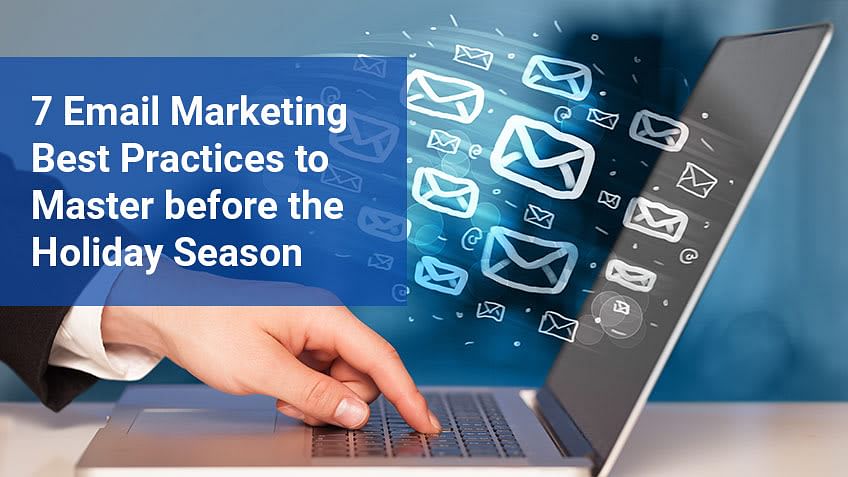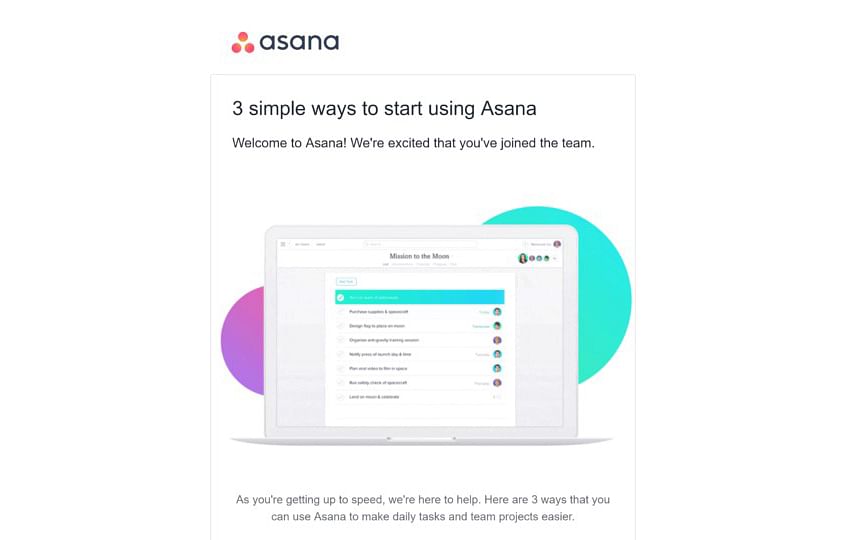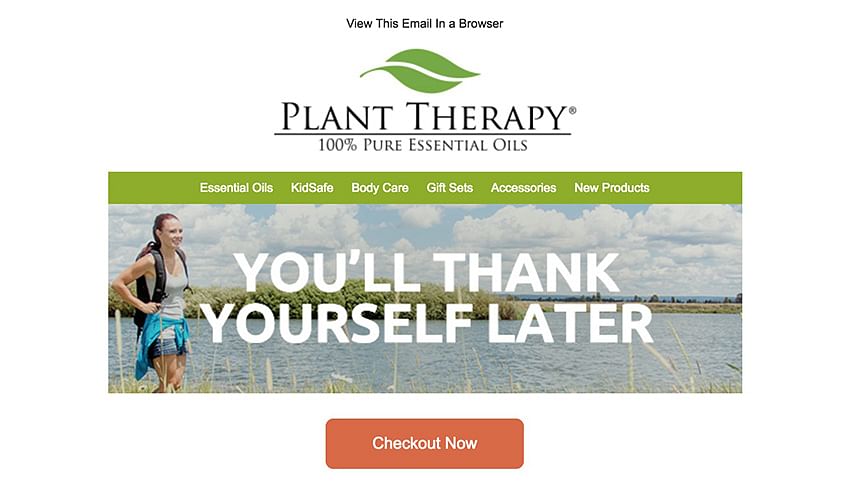The holiday season may seem light-years away (especially if you’re a last-minute shopper, like me); but, for marketers, right now is prime time for holiday email marketing strategies. Why? Because you’ll need plenty of lead-time to nudge your readers toward the ultimate goal: the conversion.
Before you hit send, let’s highlight a few of the most important, present-day email marketing best practices. Implement these, and you’ll be in a favorable position for fourth-quarter performance.
1. Make it Mobile-Friendly
Considering the ubiquity of smartphones and tablets, it probably isn’t a surprise that half of all emails are opened on mobile devices. (Although it might be a surprise that mobile users check their email three times more than non-mobile users.) In a nutshell, email marketing needs to account for smaller screens, where real estate is at a premium and users frequently touch the screen to interact.
As you’re designing your emails for the holiday season, ask yourself what is the most important content for that particular email – and prioritize it above all other content. If you’re promoting a Black Friday Sale, put the information front and center. Having a special holiday contest? Make sure it’s the first thing readers see upon opening your email.
It should also be easy for users to hit the “play” button on videos or touch the “call now” button from your email. Design these so they’re big enough to interact with on a mobile device.
Hands down, mobile-friendly is one of the top email marketing best practices you can master in time for the holidays. Whatever the conversion goal, make it simple for users to get closer to it.
2. Start with a Welcome Email
The average open rate for a welcome email is a whopping 82 percent. Considering the average open rate for all other types of email is 21 percent, a welcome email presents you with a huge opportunity to bring readers into the fold and remind them why they should keep opening your emails in the future.
Asana, a project management software program, uses their welcome email to help users get off on the right track:
3. Get Personal
It turns out, email is one of the few areas consumers don’t mind getting personal. 82 percent of marketers report higher open rates when using email personalization, and 52 percent of shoppers will take their business elsewhere if their email is not personalized.
How can you get personal in your email campaigns this holiday season? Start by speaking to your reader’s interests and preferences. For example, you could wish Merry Christmas or Happy Hanukkah to your readers, depending on what you know about their religious affiliations. Another way to get personal: Use the recipient’s name in the email subject line. Whatever you do, make sure your recipients are opening emails relevant to them.
4. Pump Up the Interactive Content
Videos, GIFs, and memes go a long way in keeping readers interested and engaged. But it’s not enough to just include interactive content; if you want to align with today’s email marketing best practices, then you also need to make it relevant, accurate and informative. 57 percent of consumers say they make a purchase based on these criteria.
This holiday season, why not go the extra mile and make your emails memorable? You could film your team as they’re preparing for holidays and wishing their customers a happy holiday season, or you could develop a funny meme about the hustle and bustle of the season.
(Source: Campaign Monitor)
5. Engage in Remarketing
If some portion of your business relies on e-commerce, then you’re highly encouraged to invest in remarketing. What’s remarketing? One example is sending customers a follow-up email (or more than one) once they’ve abandoned their shopping cart. Say they’ve added products to their shopping cart on your e-commerce site, but then—for whatever reason—leave the site without making a purchase. In email marketing, one of the best practices you can follow is to send remarketing emails to these customers, in an attempt to recover some of that “lost” revenue. Especially during the holiday shopping season, when retail purchases are at some of the highest numbers.
Two to three remarketing emails is a good rule of thumb, with businesses reporting 69 percent more orders when sending three abandoned cart emails (compared to a single email). Some businesses even offer discounts as a way to entice customers to complete the purchase. This is an especially useful tactic if you have a holiday or post-holiday sales on your products.
Here’s an example of a remarketing email I received recently, where the company reminded me what I left behind:
6. Always Be Testing
Which subject lines resonate best with your audiences? What are the best calls to action for your email marketing? The best practice for answering these questions: testing.
If you’re running a holiday special, you could test out two different subject lines and see which one gets a higher open rate. For example:
- Joe, save an extra 25% this weekend in-stores!
- Joe, BIG weekend savings coming your way!
You can test everything from subject lines to the location of your buttons, and because you’re starting now you’ll have plenty of time to send different versions, get results, and refine your email marketing campaigns to increase conversions.
7. Make Segmenting a Priority
Years ago, companies sent out a single email to their entire readership, whether it pertained to them or not. Today’s audiences are less pliant; time is a commodity, and inboxes fill up quickly, so readers only open emails that are highly relevant or interesting.
Instead of sending a mass email to your entire list of subscribers, start segmenting it. You can break your list into groups according to different categories, like demographics, behaviors, interests, and purchase or browsing history.
For instance, if your recipients tend to buy your types of products right before certain holiday celebrations (like party crackers or candles), then you can plan your emails to go out at specific times before each holiday—to the correct recipient. You may not want to send the same person emails for Christmas, Hanukkah and Kwanzaa specials.
Overall, email marketing can be a huge driver of your business this holiday season. To make the most of your time and money, take the opportunity right now to master these email marketing best practices. Otherwise, you could be leaving profits on the table or worse—sending them to your competitors.
For more best practices on A/B testing, retargeting, and integrating interactive content, check out Simplilearn’s Advanced Email Marketing Certification training.


